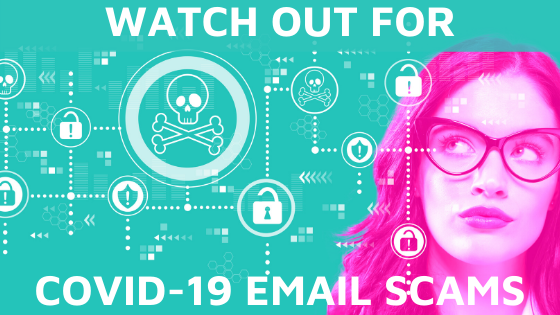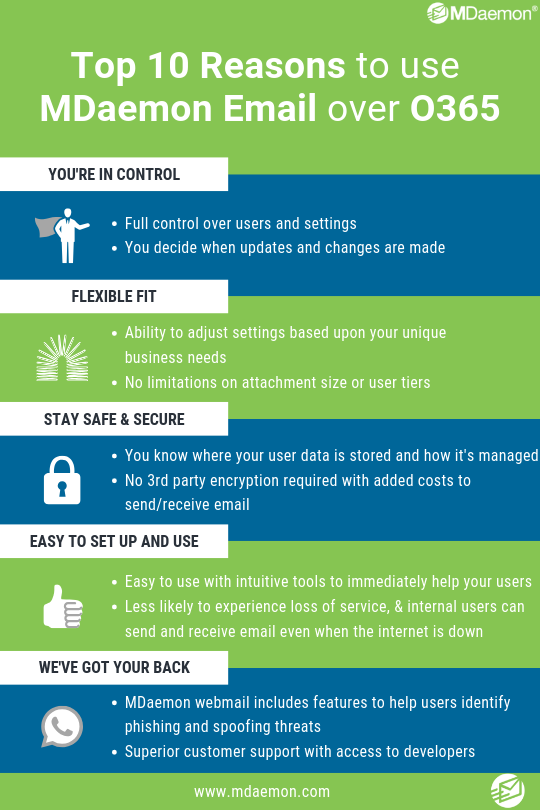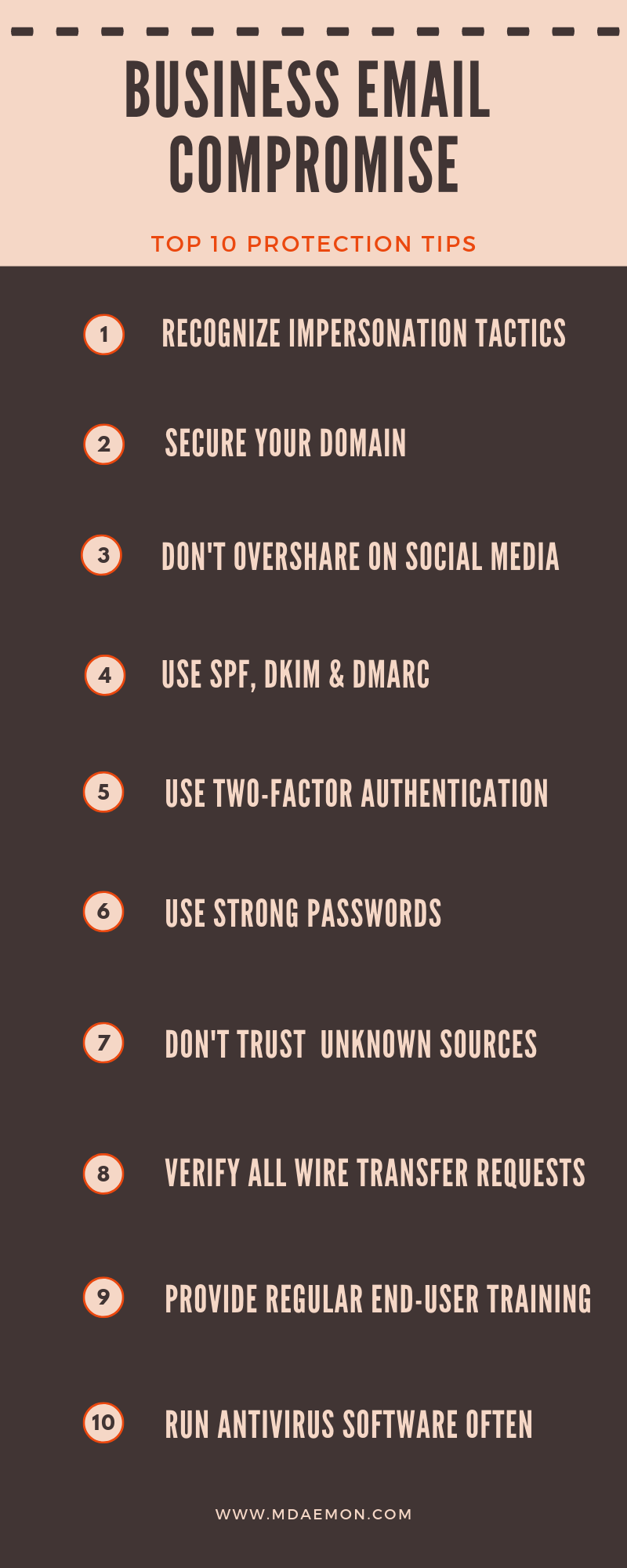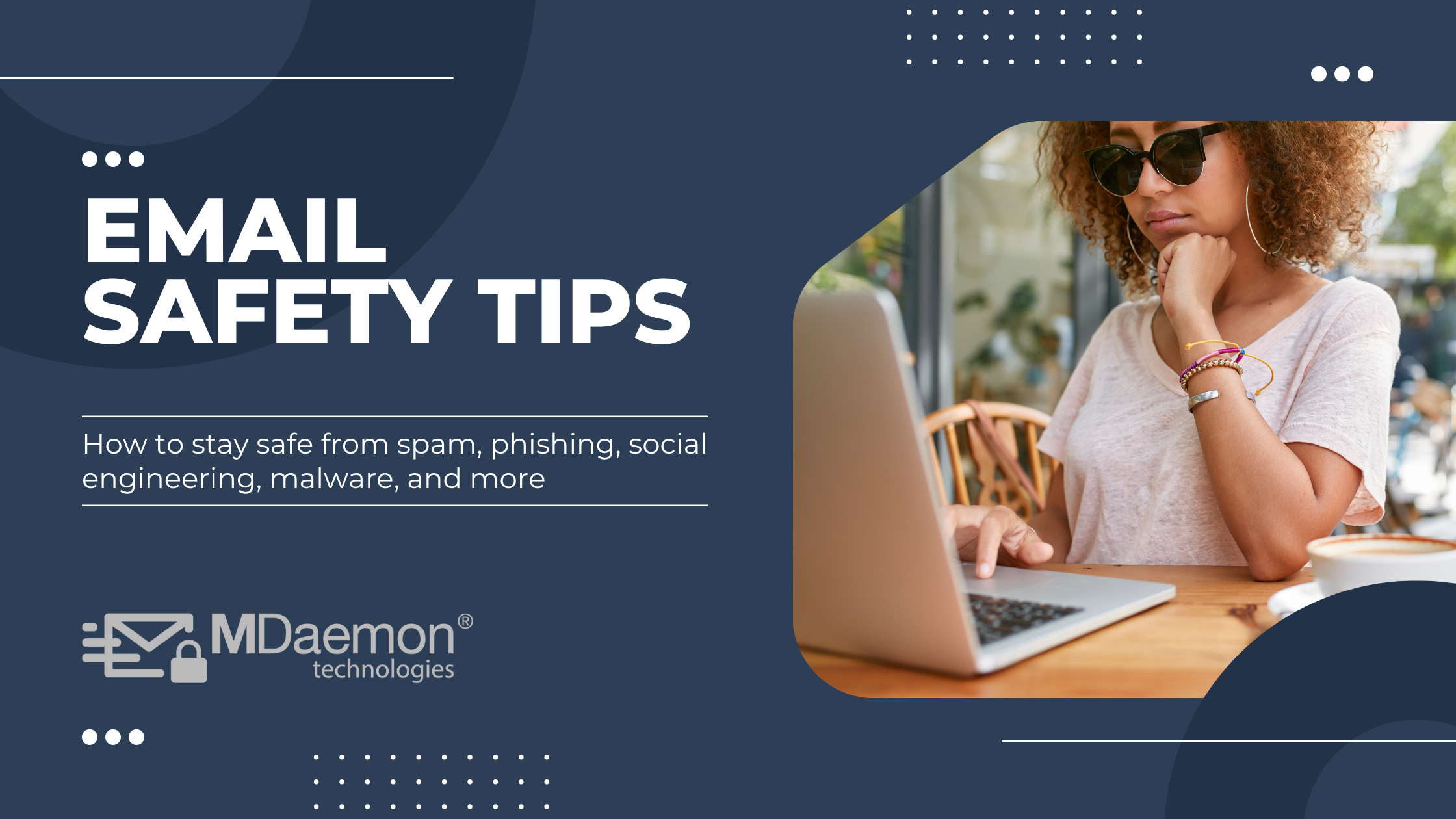As we all know, unprecedented numbers of employees are working from home during this pandemic year. In fact, one recent survey by SaaS marketing agency Bay Leaf Digital found that 65 percent of newly WFH employees are now using company devices from home – and 42 percent are experiencing unstable access including issues with connecting to remote desktops, poor VPN, etc.











